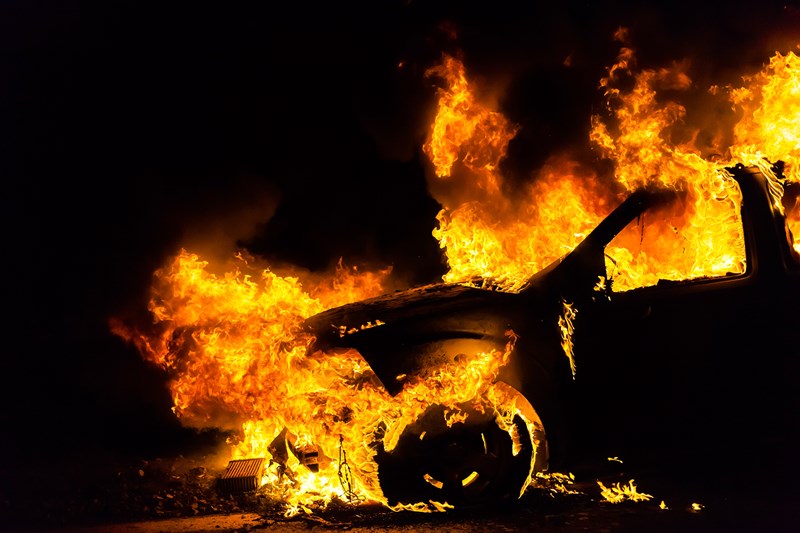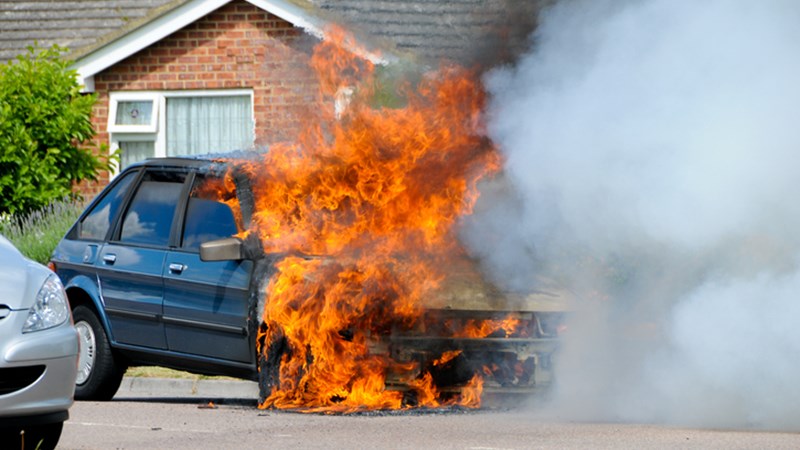Has the ECJ given a too extensive interpretation of the concept of the “use of vehicles”?
March 2021
An overview of the recent case law of the European Court of Justice with regard to the “use of vehicles” contained in article 3 of Directive 2009/103/EC.
Introduction
In recent cases, the Court of Justice of the European Union (hereinafter: “ECJ”) was invited to further develop its case law on the concept of the “use of vehicles” contained in the first subparagraph of article 3 of Directive 2009/103/EC. The Directive aims to ensure that the member states regulate that the civil liability in respect of the use of vehicles normally based in their territory is covered by insurance. To this effect, article 1 of Directive 2009/103 sets out the following definitions:
…
“Vehicle” means any motor vehicle intended for travel on land and propelled by mechanical power, but not running on rails, and any trailer, whether or not coupled; “Injured party” means any person entitled to compensation in respect of any loss or injury caused by vehicles;
Article 3 of Directive 2009/103, entitled “Compulsory insurance of vehicles”, provides as follows: “Each Member State shall, subject to Article 5, take all appropriate measures to insure that civil liability in respect of the use of vehicles normally based on its territory is covered by insurance. The extent of the liability covered and the terms and conditions of the cover shall be determined on the basis of the measures referred to in the first paragraph. The insurance referred to in the first paragraph shall cover both damage to property and personal injuries.”
The question is what the meaning is of the words “use of vehicles”.
The “use of vehicles”
The term “use of vehicles” may seem straight forward at first sight. It has generated, however, quite some case law. So far, the ECJ inter alia has been asked to consider whether the concept of the “use of vehicles” covers, inter alia:
- “the manoeuvre of a tractor in the court yard of a farm in order to bring the trailer attached to the tractor into a barn[1];
- the situation in which an agriculture tractor has been involved in an accident when its principle function, at the time of that accident was not to serve as a means of transport but to generate, as a machine for carrying out work, the motive power necessary to drive the pump of a herbicide sprayer.”[2]
The Court held that the concept of “use of vehicles”, covers any use of a vehicle that is consistent with the normal function of that vehicle. Therefore, the concept may cover the manoeuvre of a tractor in the court yard of a farm and is not limited to road use. However, the relevant vehicle should be used as a means of transport. The Court concluded that the concept of “use of vehicles” did not cover a situation in which an agriculture tractor had been involved in an accident, when its principle function, at the time of that accident, was not to serve as a means of transport, but to generate, as a machine for carrying out work.
In more recent decisions, the Court had to decide about a situation in which the passenger of a vehicle parked in a car park, in opening the door of that vehicle, scraped against and damaged the vehicle parked next to it. [3] It was also asked to give its decision regarding a situation in which a vehicle parked in a private garage of a building, used in accordance with its function as a means of transport, caught fire, giving rise to a fire which originated in the electrical circuit of that vehicle and caused damage to that building, even though that vehicle had not been moved for more than 24 hours before the fire occurred. [4]
Another not published decision deals with a car that leaked oil and other slippery fluids onto the parking space in a private car park where it was habitually parked. The owner of the car parked in the neighbouring parking space slipped on the oil, while she was attempting to get into her car[5].
The Court explained that the concept of “use of vehicles” is not limited to the driving of the vehicle, but includes actions which are also normally carried out by passengers. The Court concluded that the concept of “use of vehicles” covers the situation in which the passenger of a vehicle parked in a car park, in opening the door of that vehicle, scraped against and damaged the vehicle parked next to it. The Court also explained that the vehicle is still considered to be used in accordance with its function as a means of transport while it is parked between 2 journeys. Thus, parking a vehicle in a private garage also constitutes use of a vehicle. Therefore the first subparagraph of article 3 of Directive 2009/103 must also be interpreted as meaning that the situation such as in which a vehicle parked in a private garage of a building, used in accordance with its function as a means of transport, has caught fire, giving rise to a fire which originated in the electrical circuit of that vehicle and caused damage to that building, even though that vehicle has not been moved for more than 24 hours before the fire occurred, falls within the concept of “use of vehicles” referred to in that provision. The Court came to a similar conclusion in the case where the accident was caused by an oil spill.
Analysis
In the cases set out above the question that had to be settled was not whether the vehicle which caused the accident was under an obligation to be insured. It would appear that in all those cases the vehicle was in fact insured and thus the obligation set out in the first subparagraph of article 3 of Directive 2009/103 was satisfied. Rather the actual issue was whether the damage caused should be compensated by the compulsory vehicle insurance with regard to the specific accident and the type of activity carried out in the given moment, or whether compensation for that damage should be provided by another insurance or as a matter of personal liability of the person who had caused the damage. Because of the broad interpretation of the Court of article 3 of the Directive, compulsory vehicle insurers in all these cases were to provide cover. This could have consequences for the insurers who provide coverage for compulsory vehicle insurance under a land based equipment policy. Even when the damage is not caused by a manoeuvre of the land based equipment, it could be that insurers will have to provide coverage if the land based equipment is used “as a vehicle” in the sense of article 3 of Directive 2009/103, according to the European Court.
Insurers should also be aware of the fact that they will have to provide coverage according to compulsory vehicle insurance, even when the vehicle or equipment is not moving at the time of the incident as long as it is used in accordance with its function as a means of transport.
In his recent opinion, Advocate General Bobek expressed his concerns regarding the fact finding exercise of the ECJ in the recent cases. According to A-G Bobek, the ECJ should not concern itself with the question of whether a specific accident should be covered by insurance. He argued that this is neither the aim nor the scope of the Directive.[6] Given these critical remarks, it may be that the Court will become more cautious in expressing firm opinions. National case law may then become more relevant. It remains to be seen whether national courts will follow the possibly too extensive interpretation of the ECJ. [7]
* * *
[1] ECJ 4 September 2014, Vnuk (C-162/13, EU:C:2014:2146, paragraph 59 and the operative part of that judgment).
[2] ECJ 28 November 2017, Rodrigues de Andrade (C-514/16, EU:C:2017:908, paragraph 42 and the operative part of that judgment).
[3] ECJ of 15 November 2018, BTA Baltic Insurance Company (C-648/17, EU:C:2018:917, paragraph 48 and the operative part of that judgment).
[4] ECJ of 20 June 2019, Linea Directa Aseguradora (C-100/18, EU:C:2019:517, paragraph 48 and the operative part of that judgment).
[5] Order of 11 December 2019, Bueno Ruiz and Zurich Insurance (C-431/18, not published, EU;C:2019:1082).
[6] ECJ 23 February 2021, C-923/19.
[7] For the position under the Dutch Motor Vehicle Liability Insurance Act (in Dutch: the “WAM”), see the blog of Ronna Rutten and Robin Petersen.







